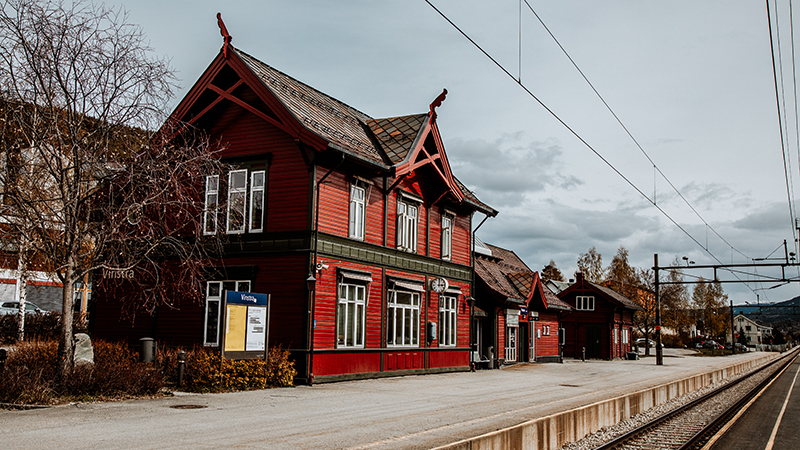Data protection policy for byK™
Personal data responsibility
byK™ has personal data responsibility. The protection of your personal information is important to us. The protection is also governed by the Personal Data Act, which is superseded by the General Data Protection Regulation (DGPR) on May 25, 2018. Below you can read about how we handle your personal data and what rights you have. If you would like to contact us, please do so at byK™, c/o KinaReiser as, Hegdehaugsveien 10, 0167 OSLO, Norway , phone +47 22982211, or email travel@by-k.no.
What personal data is collected
Personal data that will be processed includes, but is not limited to, name, date of birth, gender, address, e-mail address and phone number.
We may also treat requests regarding special diet or special information from you regarding your health condition prior to the trip to be able to fulfill the trip request.
The personal data will be provided by you in connection with the ordering of a trip, ordering of a brochure or newsletter, by telephone, through order from our dealers or by visiting us.
Purpose of personal data processing
Your personal information will be processed to fulfill our commitments in ordered travel and supplementary products, and keep you informed of current travel and the like.
Processing of your personal data may also happen to fulfill obligations under laws, regulations and to handle issues and complaints.
In addition to the above purposes, you agree that your personal information may be used for the purposes below and provide support for our market and customer analysis, risk management and statistics to provide you with a better travel offer and better service.
We may also use your personal information to provide different offers of services and/or products from us, unless you have opposed your direct marketing notice. You can unsubscribe at any time, for example, through a link in the newsletter.
By providing information about your health condition, you agree that we process this personal information for the purpose of providing the trip, other service and/or product that you ordered. Health state data is never used for statistics, market research or marketing.
Storage of personal data
We store personal information if it is necessary to meet the above objectives. Normally, we store your personal information in 5 years from your last trip or from contacting us otherwise.
In some cases, we may need to store data for longer periods when required by law (e.g. accounting law) or, for example, complaints.
Who may be processing personal data
Your personal information is processed by our staff and by our collaborators for system services and administrative services, with whom we have contracts for the protection of personal data, personal data assistant agreements.
Your personal data may also be processed within the travel industry, such as airlines, bus companies, hotels and local partners on the travel destination. Only necessary information is provided at any such time.
Processing of personal data in countries outside the EU and EEA
Depending on where your destination is located and which partners you use, your personal data may be processed outside the EU and EEA. Although the destination of a trip is within the EU/EEA, for example, transport companies and hotels may be based outside the EU / EEA. Only the information required for the execution of the trip and other services is provided to partners.
By submitting your personal information to us, you agree that we process personal data outside the EU and the EEA and are aware that privacy data protection may be lower than within the EU and EEA.
Your rights to information about you.
You have the right, at any time, to withdraw your consent to processing the information you have provided to us.
This means that you can also request rectification or deletion of your personal information. Such a request is made in writing to us. Your data will then be corrected or deleted within a month's time. If you have a current trip that is not completed or completed, or has an ongoing complaint or the like, the data will be deleted within one month after completion.
You can log in to My Page with your password and email and see personal information we store about you and your travels. You can also correct and update information. You can also contact us with the request to have access to the registered information we have about you, which we will leave within a month.
Want to know more about the Data Protection Ordinance (GDPR)?
More information on the General Data Protection Regulation (GDPR) is available on the data inspection website, https://en.wikipedia.org/wiki/General_Data_Protection_Regulation.
Close »

